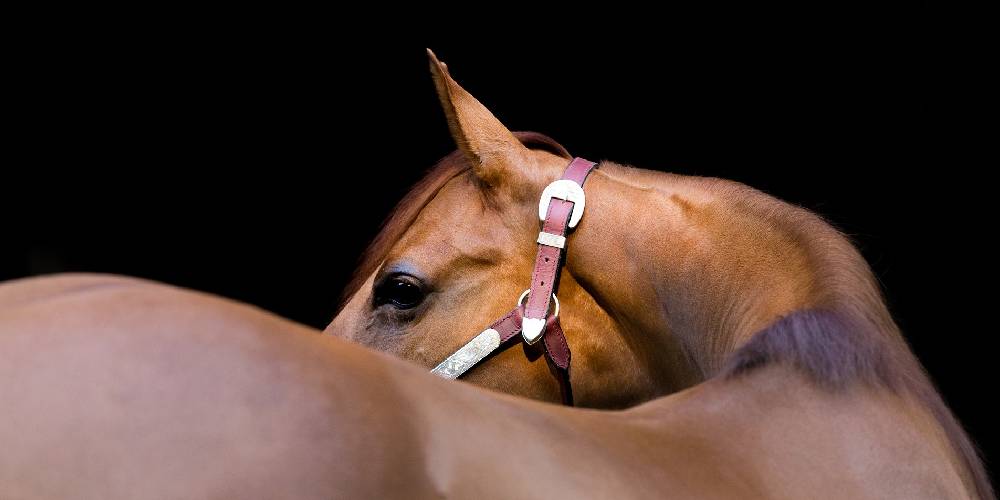These two breeds of horses are very common and are popularly used as riding horses in many disciplines for both English and Western riding styles. But what is the difference? How can you identify one from the other? And do these breeds excel at the same things?
What is the Difference?
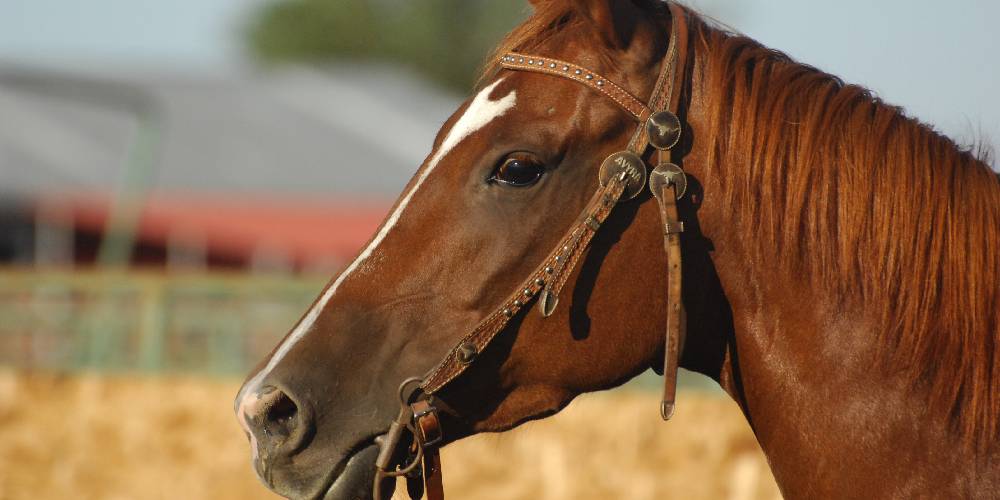
Quarter Horses are smaller stocky horses with a shorter-than-average neck and large wide hindquarters. They can come in any solid coat color and have short strong legs. Quarter horses are a warmblooded horse while the Thoroughbred is a hotblooded horse. Thoroughbreds can come in only some solid colors and have long lanky legs. Their hindquarters are of average size and they have a noticeably longer neck than the Quarter Horse.
Conformation
Conformation of the Quarter Horse
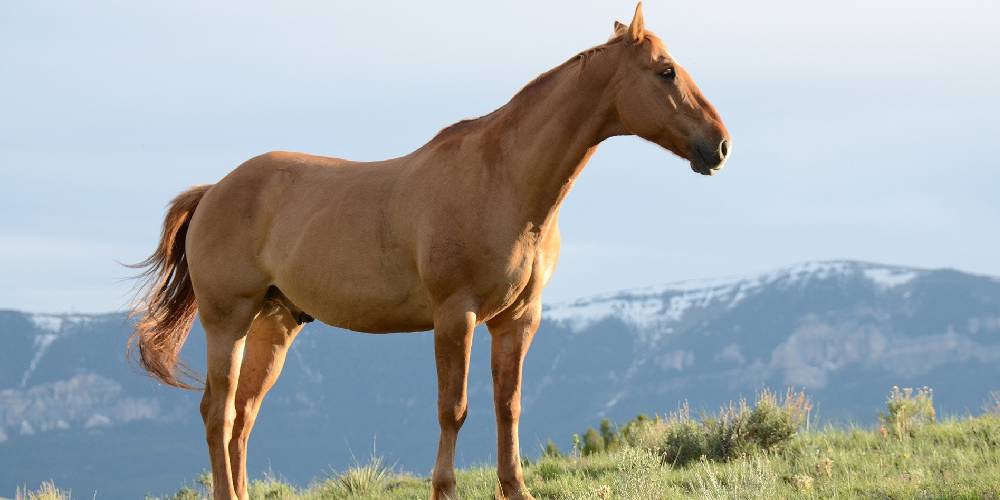
Quarter horses are a stocky breed of horse that usually stands between 14.3 and 16 hands high. This breed typically has a wide forehead set on a smaller head, and a shorter, thick, and muscular neck. They have a wide chest and strong sloping shoulders. A defining feature of the quarter horse is its large, well-defined hindquarters.
Conformation of the Thoroughbred

Thoroughbreds are a hotblooded and lanky breed that stands between 15.2 and 16.3 hands high. The thoroughbred is a tall lean horse with long legs. This horse has an elegant arched neck with a fine well-sized head and muscular well-sloped shoulders. The Thoroughbred has average-sized and muscular hindquarters and a short strong back.
Stamina
The Stamina of the Quarter Horse
The Quarter Horse has exceptional stamina and is used in a variety of fast-paced sports. Quarter horses are known to have great speed and endurance making them ideal working horses. This horse, however, is better used for sprinting and not distance competition. They have the power to do short runs at full speed, but not to run at full throttle for a longer distance.
Fun Fact: The Quarter Horse was named after the fact that it could run a quarter of a mile faster than any other horse. It was used as a short distance racehorse until that sport lost its popularity.
The Stamina of the Thoroughbred
The Thoroughbred is known for its stamina and endurance on the track. These horses are, in many cases, required to run great distances, clear obstacles, and participate in very fast paced sports over a period of time so they need their amazing ability to keep going.
Top Speeds

The Top Speed for the Quarter Horse
The Quarter Horse has an incredible top speed of fifty-five miles per hour! Better used for sprints, the Quarter Horse can clock an incredible time on the track when at a full sprint. This horse beats the Thoroughbred’s fastest speed by over ten miles per hour.
The Top Speed for the Thoroughbred
The Thoroughbred can run at forty-four miles per hour at its fastest. A horse named Winning Brew clocked this time as the fastest Thoroughbred in the world.
Coat Colors
Possible Coat Colors for the Quarter Horse
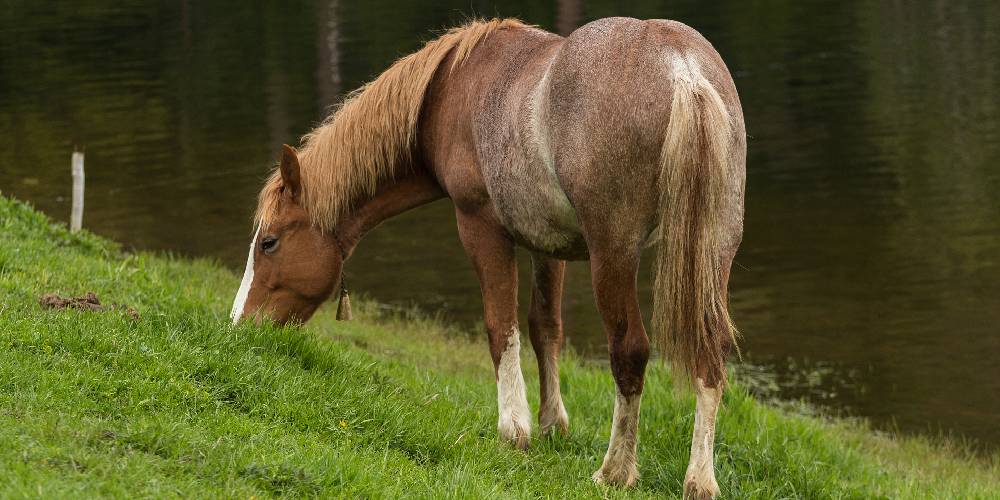
Quarter Horses can be any solid coat color found in horses, so this means they can be registered as purebred as long as they are not spotter or have patches.
The possible coat colors for Quarter Horses are:
- Red Roan
- Blue Roan
- Bay Roan
- Palomino Roan
- Buckskin Roan
- Palomino
- Buckskin
- Bay
- Grey
- Chestnut/Sorrel
- Black
- Cremello
- White
Possible Coat Colors for the Thoroughbred
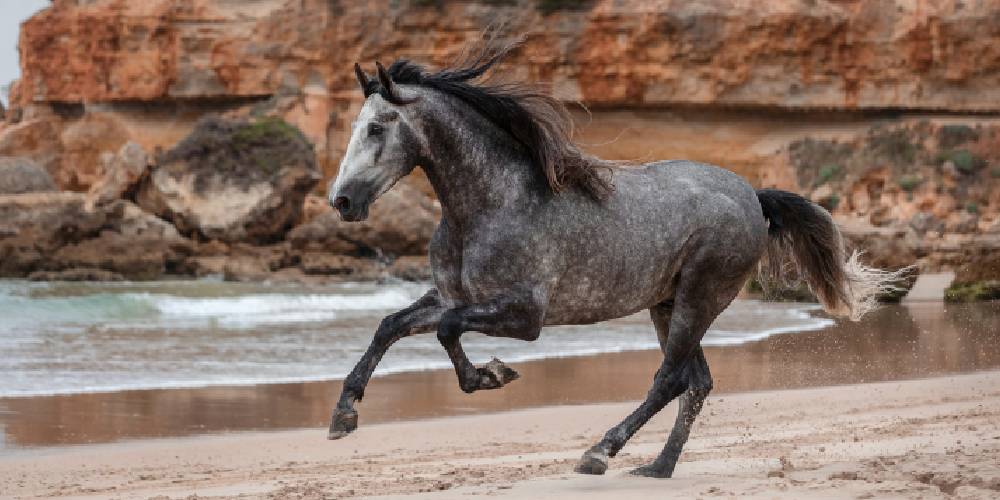
Thoroughbreds can only be solid colors as well, but cannot be roan
The possible coat colors for Thoroughbreds are:
- Bay
- Black
- Grey
- White
- Chestnut/Sorrel
- Palomino
Sports/Disciplines
Sports/Disciplines Where Quarter Horses Excel
These horses are seen in a variety of disciplines in both the English and western styles of riding.
Western Disciplines That Quarter Horses Compete In:
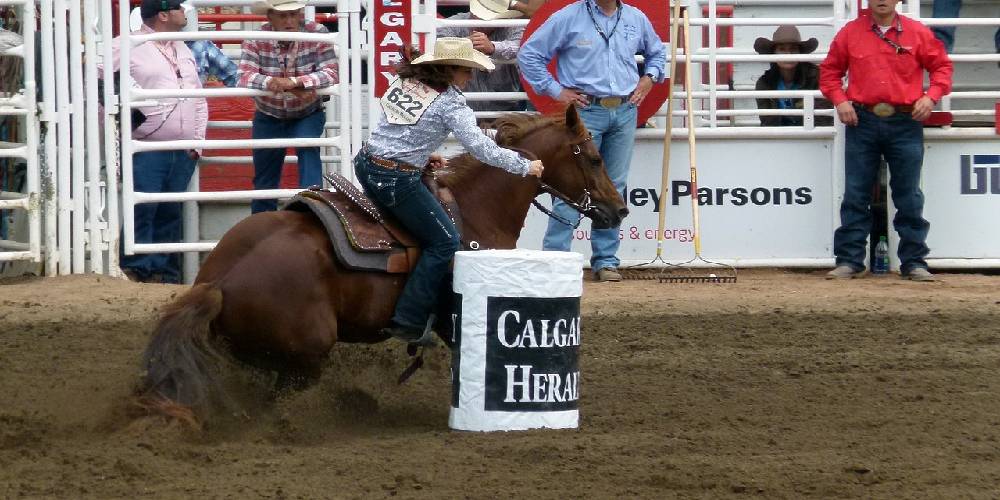
- Ranch Riding
- Roping
- Cutting
- Reining
- Western Pleasure
- Barrel Racing
- Goat Tying
- Pole Bending
- Cow Horse
- Trail Riding
- Halter
- Mounted Shooting
The reason Quarter Horses are so commonly used as western riding horses is the fact that they can be used for almost everything. They are cow smart, fast, reliable, strong, brave, and willing. These traits are what make this breed a cowboy’s favorite mount.
Because of the smaller size of this breed, the Quarter Horse can get low to the ground and maneuver quickly. This makes it a great breed to use for cutting and barrel racing.
English Disciplines That Quarter Horses Compete In:
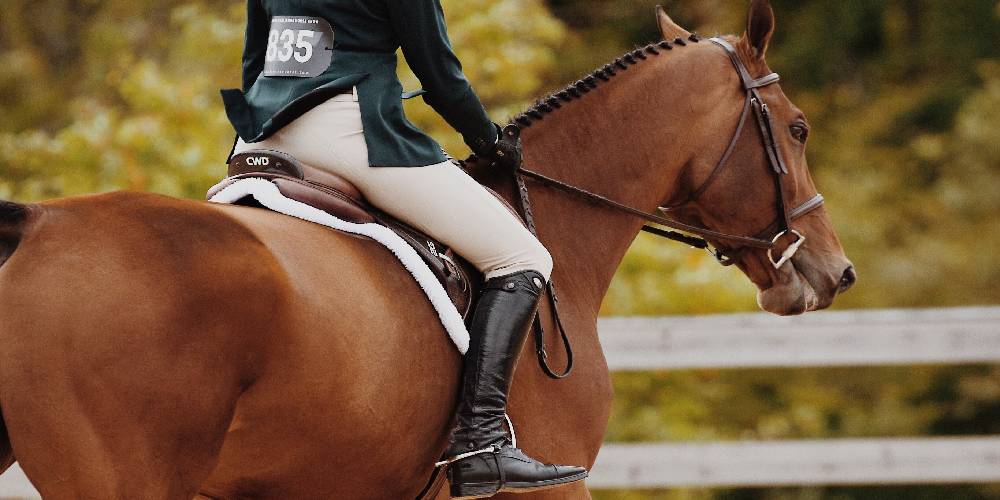
- Jumping
- Hunter English Pleasure
- Racing
Quarter horses are often seen in English riding classes both jumping and on the flat. The American Quarter Horse Association actually holds competitions for Quarter Horse jumping.
I ride a bay Quarter Horse named Olivia who I ride in the English style of riding. She is actually a decent jumper and we will begin jumping once she and I improve on the flat.
Sports/Disciplines Where Thoroughbreds Excel
Thoroughbreds are a breed that can be used for many different sports/disciplines. This horse is mainly found in English competitions and is rarely used in western ones. This is because, in western riding, the sports require the horse to get low and maneuver quickly. The Thoroughbred is often too tall and lanky for this kind of movement.
When looking at western disciplines that Thoroughbreds compete in, there is a small list.
Western Disciplines That Thoroughbreds Compete In
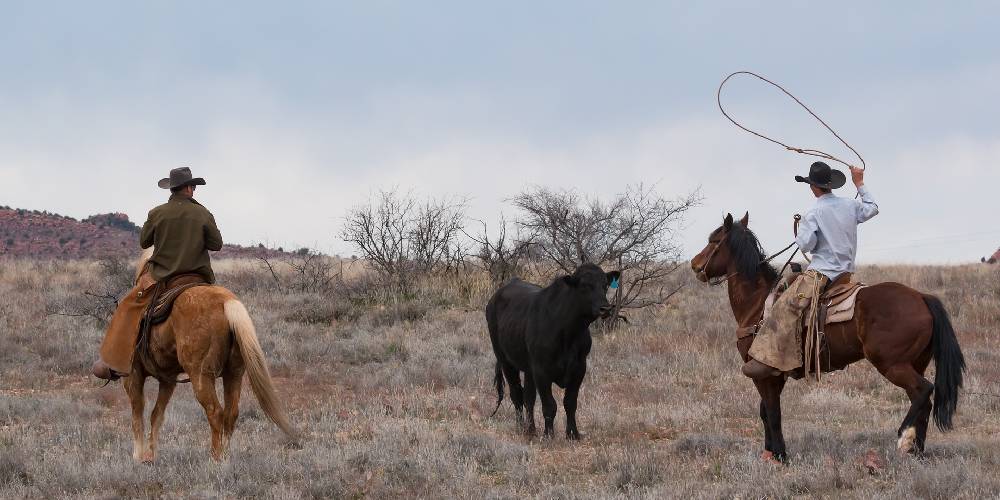
- Barrel Racing
- Ranch Riding
- Mounted Shooting
- Roping
Thoroughbreds are great in fast paces sports because they have the stamina and agility for the sport. The Thoroughbred is often too big, as I mentioned above, for some western sports.
English Disciplines That Thoroughbreds Compete In
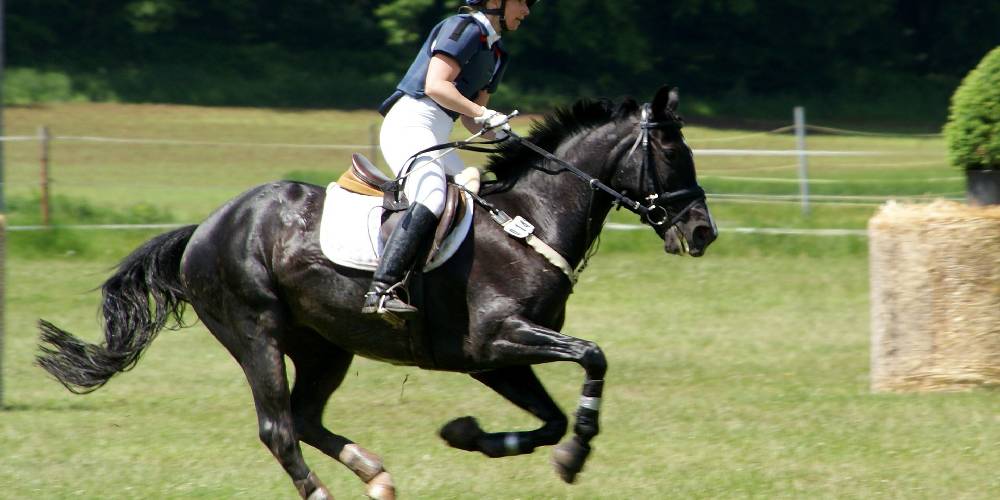
- Eventing
- Dressage
- Racing
- Jumping
- Cross Country
- Hunter English Pleasure
Thoroughbreds do so much in the world of English riding. Though this horse is most commonly known as a racehorse, they also compete in a variety of other disciplines off the track.
Thoroughbreds excel in eventing because this includes dressage, show jumping, and cross country. These three disciplines, included in one competition, are performances that Thoroughbreds are seen in all the time.
The intelligence of the Thoroughbred, and the desire to please, both help them in the dressage arena. This is because that aspect of their personality and their gorgeous conformation and physical features allow them to put on a beautiful show.
The stamina and speed of these horses help the Thoroughbred compete in cross country and show jumping. These horses are great at the times events because they can go so fast and jump so well.
FAQs on the Differences Between the Thoroughbred and the Quarter Horse
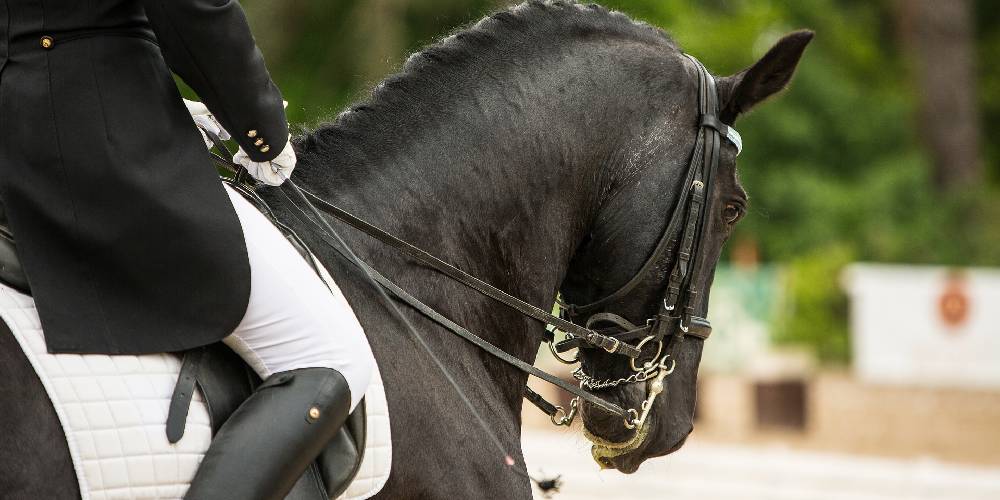
If Thoroughbreds are faster than Quarter Horses, why are Thoroughbreds the primary racing horse?
Because Quarter Horses don’t have the same stamina that the Thoroughbred does, they can’t run as long of a race. Quarter horse racing is still a popular sport, but racing the Thoroughbred is more popular because the race lasts longer and the horses run further as well. The race can test the Thoroughbred’s speed and stamina at the same time.
Why are Thoroughbreds primarily used for English and Quarter Horses primarily used for Western?
English horses are preferably taller with longer legs so they can jump higher, look flashier in the dressage ring, and usually run faster. The Thoroughbred is great for this because they stand over 15.3 hands high, are incredibly fast, have great stamina, and can jump very high.
The reason that Quarter Horses aren’t usually used for English competitions is that they can’t jump as high, aren’t as tall, and don’t have the stamina for a long fast-paced competition.
Quarter Horses are smaller, stockier, and lower to the ground than Thoroughbreds making them a great choice for the movements required by many western disciplines.
Thoroughbreds are too tall to get low and move fast enough in the way required so they are less commonly seen as western horses.

